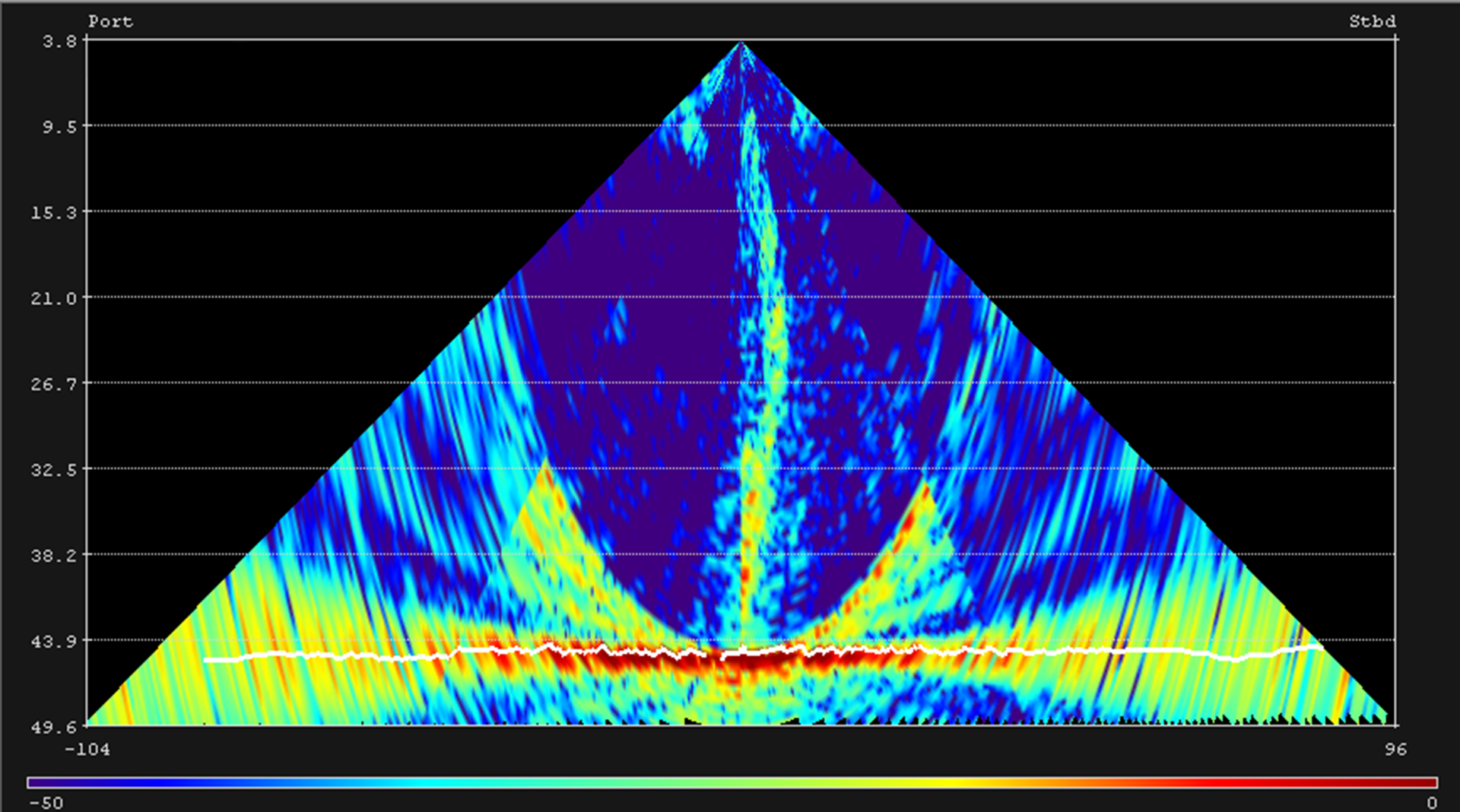Methane dynamics in the North Sea
Methane is the third most important greenhouse gas after water vapour and carbon dioxide in the atmosphere. In fact, on a molecule-by-molecule basis, methane is about 32-fold more potent than carbon dioxide, and atmospheric concentrations have been steeply rising over the last decades. While anthropogenic sources are comparably well understood, it is still a major scientific challenge to understand and quantify the contribution of natural methane sources. One reason for this knowledge gap is that biogeochemical/microbiological and geological controls on methane dynamics in aquatic systems are not well constrained; particularly in the very dynamic shallow waters of the ocean fringes.
Methane bubbles at the surface of the North Sea from the RV Pelagia during an expedition in June 2018.
Ocean methane
Ocean methane typically originates from sediments where it is produced by microbes as the terminal step of organic matter degradation under anoxic/reduced conditions (microbial methane) or, to a lesser degree, from deeper sediments where methane is produced under high pressure and temperature (thermogenic methane). Regardless of its source, methane (bubbles) migrate to surface sediments from where the greenhouse gas may be liberated into the hydrosphere and to the atmosphere. Yet, a substantial fraction of the uprising methane is consumed by a series of microbial filter systems in sediments and the water column. However, methanogenesis and methanotrophy, just like other sedimentary and water column (microbial) processes at ocean fringes, are strongly modulated by changes such as seasonal or anthropogenic warming.
Our aims are to understand/identify:
- spatiotemporal variability of:
- methane release from sediments, methane flux in the water column and methane release to the atmosphere
- methane oxidation rates in sediments and in the water column
- isotope systematics associated to methane transformation and migration
- environmental factors controlling methane oxidation
- identity of methanotrophs (specifically aerobic methane oxidising bacteria) in the water column and in sediments
- novel bacteria lipid biomarker signatures
- the history of the methane dynamics in the North Sea using lipids biomarker
- how environmental change scenarios (e.g. temperature, oxygen and methane levels, pH) effect:
- methanotrophic community composition
- lipid composition
- methanotrophic metabolism and gene expression
To this end, we are analysing methane dynamics in sediments and the water column during field campaigns, and we conduct experiments in which we adjust key-environmental parameters under controlled conditions in the NIOZ laboratories. Key sites for our investigation are the shallow water cold seep systems at the Doggerbank, the Wadden Sea and the RMS Delta.


